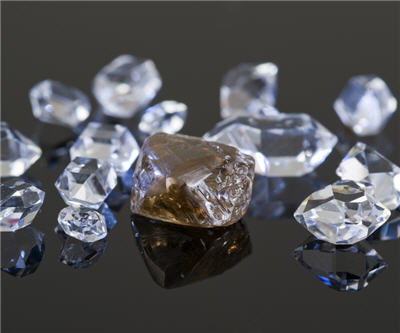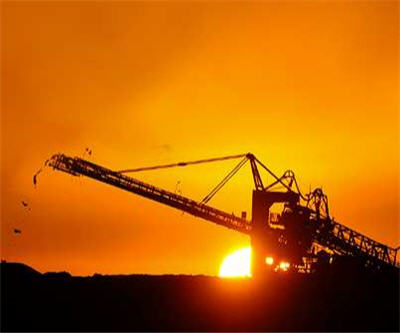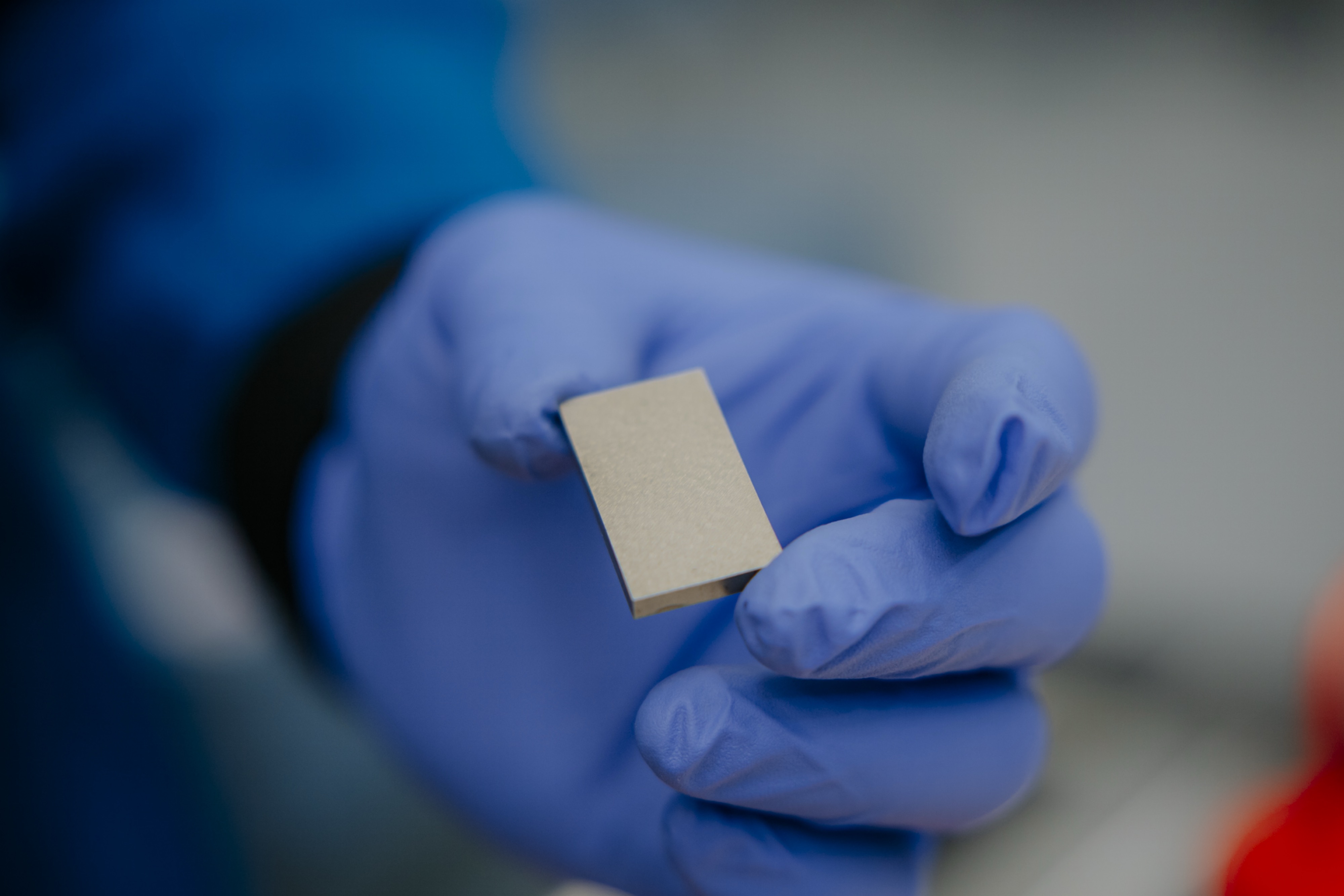Miners, Arizona’s Petrified Forest Park square off over potash
Tucson Sentinel reports the Painted Desert of northern Arizona holds hundreds of million years of history, from fossils of dinosaur ancestors to ancient Native American dwellings, but Petrified Forest National Park and the land around it also sit on as much as 2.5 billion tons of potash.
The US Congress approved expansion in 2004, authorizing the park to purchase land from willing sellers. The park added the first 26,000 acres in September, but that purchase didn’t include the mineral rights because of a lack of funds.The old and new boundaries of the park are over approximately 50% of the Holbrook basin potash deposits and three companies – Passport Potash, American West Potash and HNZ Potash – currently are drilling test holes inside and outside the park to establish the depth and quality of the deposits.









